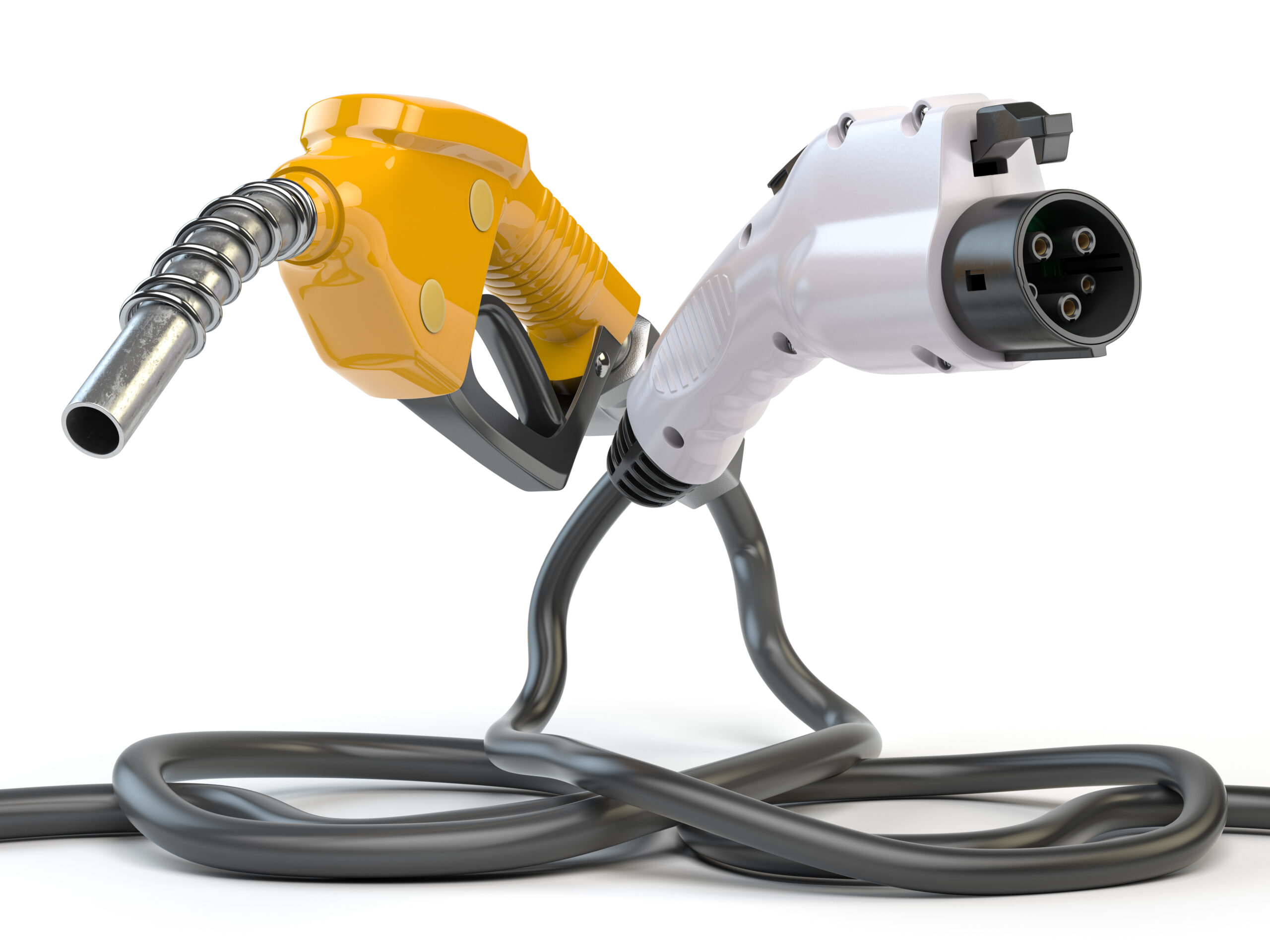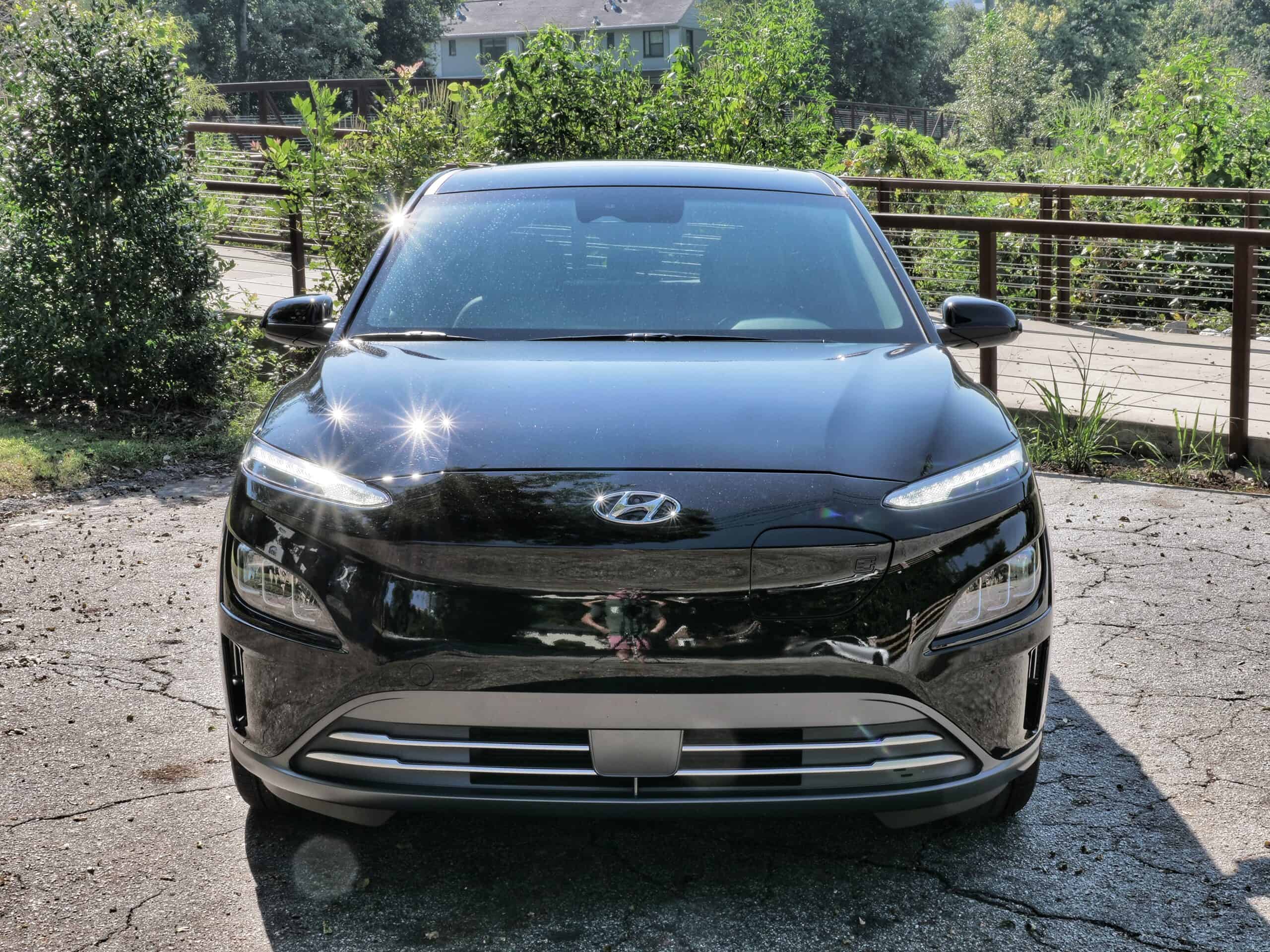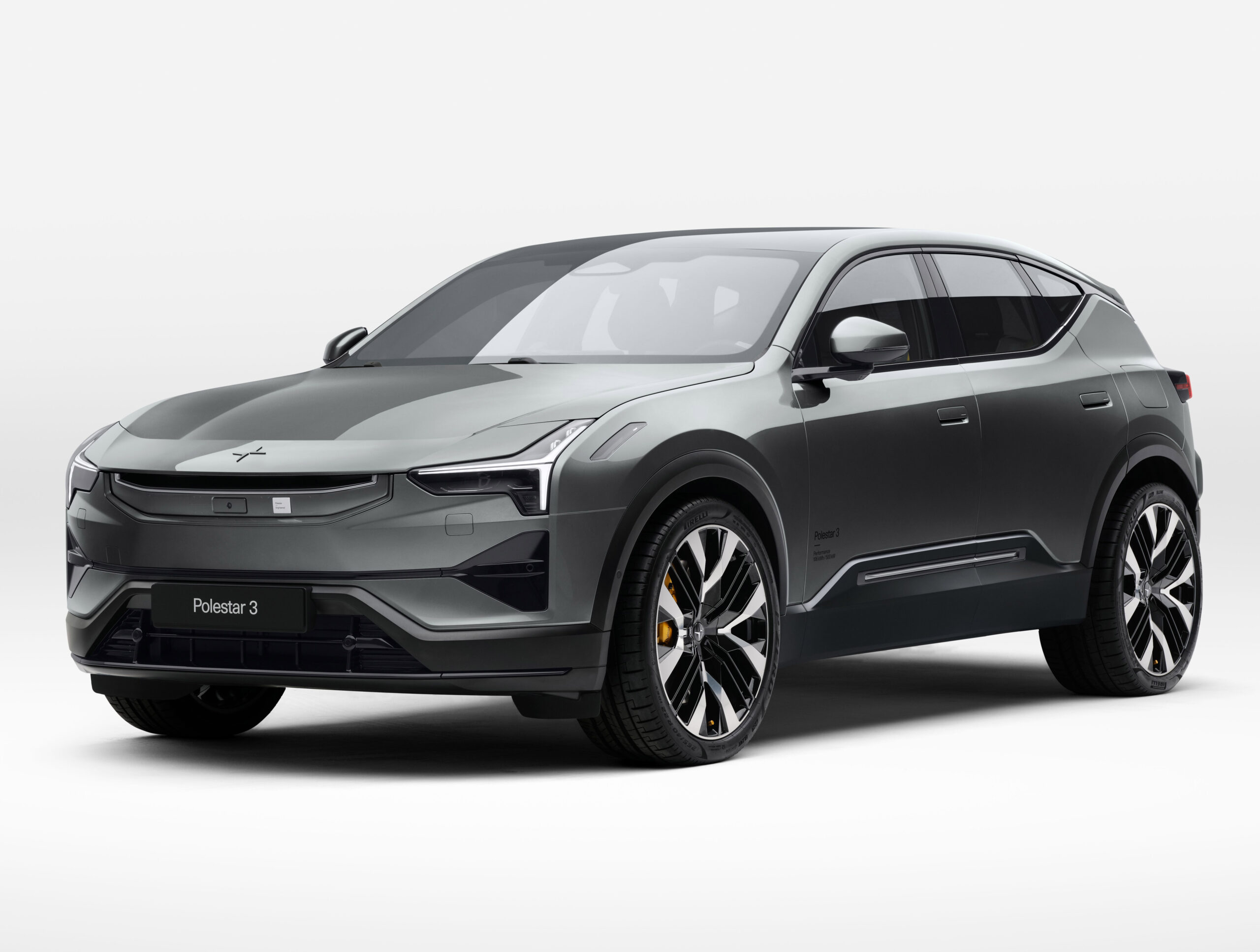

One of the older electric cars currently on sale (though not nearly as long in the tooth as the oldest Teslas), the Hyundai Kona Electric no longer qualifies for the $7,500 Federal EV tax credit due to changes implemented by the new Inflation Reduction Act. While this legislation does encourage economic growth and development here at home, it also puts solid electric cars like the Kona at a disadvantage. It’s not built in North America, nor are its batteries, and therefore it just won’t qualify for that tax credit. If you’re looking for a deeper dive into the changes brought on by the IRA and how long it’ll take for them to go into effect, I highly recommend you go check out our deep dive article here. With that $7,500 bolster out of play, buyers interested in something like the Kona Electric have more reasons now than ever before to consider the delta between the base trim level and a more premium one. In this case, SEL versus Limited.
Like its newer and more advanced sibling, IONIQ 5, the Kona Electric is not available in every state in the U.S. As of right now, you can still only purchase one in the following states (and that’s if you can find one that’s not being marked up):
California, Colorado, Connecticut, Maine, Massachusetts, Maryland, New Jersey, New York, Oregon, Rhode Island and Vermont.
If you live outside of these states, you’re going to have to consider the cost of the logistics involved in getting a Kona Electric all the way back to where you live, which ultimately begs the question: does the Limited trim of the Kona Electric prove to be worth $8,500 more than the base SEL trim? Further, is the Kona Electric good enough overall that you should have it shipped to you from out of state?
-Leather seats (heated and ventilated up front) that are eight-way power-adjustable on the driver’s side, six-way manually-adjustable on the passenger’s side (including height adjustment). They are the perfect fit for someone of average height and build AND are a little more comfortable than those in the IONIQ 5 (in my opinion).
-Heated steering wheel.
-Adaptive cruise control.
-Standard-sized moon roof with a manual shade.
-Qi wireless charge pad.
-Harman Kardon premium audio.
-Battery warmer.

-No sunroof.
-Two-tone paint jobs (black roof for the win).
-No adaptive cruise control.
-Safe Exit Warning.
-The same rear cross-traffic alert and forward collision warning systems.
-Cloth seats that are neither needed nor ventilated.
-Standard audio system.
-Wireless Apple CarPlay and Android Auto (but a smaller screen).
-The same 10.25-inch configurable LCD instrument cluster with four different themes.
-The same lane-keeping assist and lane-following assist.
-The same 7.2-kW onboard AC charger.
-The same 201 horsepower, 291 lb.-ft. of torque electric motor on the front axle.
-The same 64-kWh battery good for 258 miles of range (no front trunk).
-The same 19.2 cubic feet of space behind the second row, 45.8 behind the first row.
-The same 17-inch alloy wheels with 215/55 Nexen low rolling-resistance tires.
This package brings the price of an SEL model to $38,795, but which notable features does it restore?
-The moonroof.
-Heated front seats (still cloth). Driver’s seat becomes eight-way power adjustable again.
-Qi wireless charge pad.
-Battery warmer.
-Hyundai Digital Key.
-Removes two-tone paint, for some odd reason.

Yes, if not better. The Kona Electric takes advantage of the low center of gravity and mass down in the floor to give it driving dynamics reminiscent of a hot hatch. It weighs more than a comparable Kona N, so it will not be able to out-handle that little beast, but it will still impress you. The tires are what really hold the Kona back, as they are both too narrow and two slippery to handle the torque up front and the twisties you might throw the car into. Give the accelerator pedal a jab and you will experience tire squeal and even some smoke if you go too far with it. The regenerative braking paddles on the steering wheel add a surprising level of engagement and fun as well. Cycle through the different levels of regen as you bop around town, or hold down the left paddle for braking to a complete stop. There is no ‘i-Pedal’ setting like on the IONIQ 5, but holding that paddle down does the trick and keeps your passengers from getting car-sick the rest of the time.

Ride quality is also superb for such a short wheelbase. The Kona rarely gets unsettled by rough pavement to the degree you’d expect in a car like this. It is smooth and stable, with bank vault-like rigidity to the overall structure. I am a firm believer that electric vehicles are automatically more luxurious than their ICE counterparts simply because of the basic differences in engineering. They are built differently and developed around vastly different components and moving parts. Ultimately, this car feels like a much more expensive car than it is. The best part? You get that experience no matter which trim you choose.
The Kona Electric utilizes a 64-kWh battery to drive only the front wheels via a 201 horsepower electric motor. Unlike the e-GMP platform vehicles like the Hyundai IONIQ 5, Kia EV6, Genesis GV60, and Genesis Electrified G80, the Kona has a peak charge rate at DC fast chargers of 100 kW. That means that charging from 10-80% will take you 47 minutes versus the roughly 18 minutes of those newer models.

While its AC charger is also slower than those models’ (9 hrs and 15 min for a full 0-100% charge), remember that most charging is done at home and is something you can complete overnight. This is where the majority of charging takes place, so if you can’t feasibly make that work, you probably shouldn’t be in the market for an EV like the Kona. It simply won’t work for you. An IONIQ 5, however, could fit the bill since you can charge it rapidly at public chargers. The problem there? The IONIQ 5 also no longer qualifies for the tax credit, and it is much more expensive than the Kona when comparably equipped.
The Kona Electric is an excellent electric car, but it is also a tiny little guy with slower charging speeds than newer offerings out there. It is quick enough to satisfy the most enthused drivers out there, and rides more like a luxury car than it has any right to. Deciding on buying a Kona comes down to whether you can charge it at home or not. If you cannot, I do not recommend it. It doesn’t come with all-wheel drive either, so if you want that kind of four-corner traction and grip, the IONIQ 5 with all-wheel drive is your next best option in the Hyundai portfolio. The problem with that is it costs quite a bit more and gets about the same range as the Kona (256 versus 258).
If you think the Kona is right for you, however, I believe the SEL trim is the way to go. The Limited trim, at $45,000, is a little pricey for the size of the car and the level of practicality it provides (or lack thereof). The best way to stay below $40,000 and keep a healthy amount of features is to go for that SEL Convenience package. The next-generation Kona Electric is coming next year with more modern styling, an interior inspired by that IONIQ 5, and improved EV specs. If you’re not in a rush to buy right now, I’d wait for that one.



